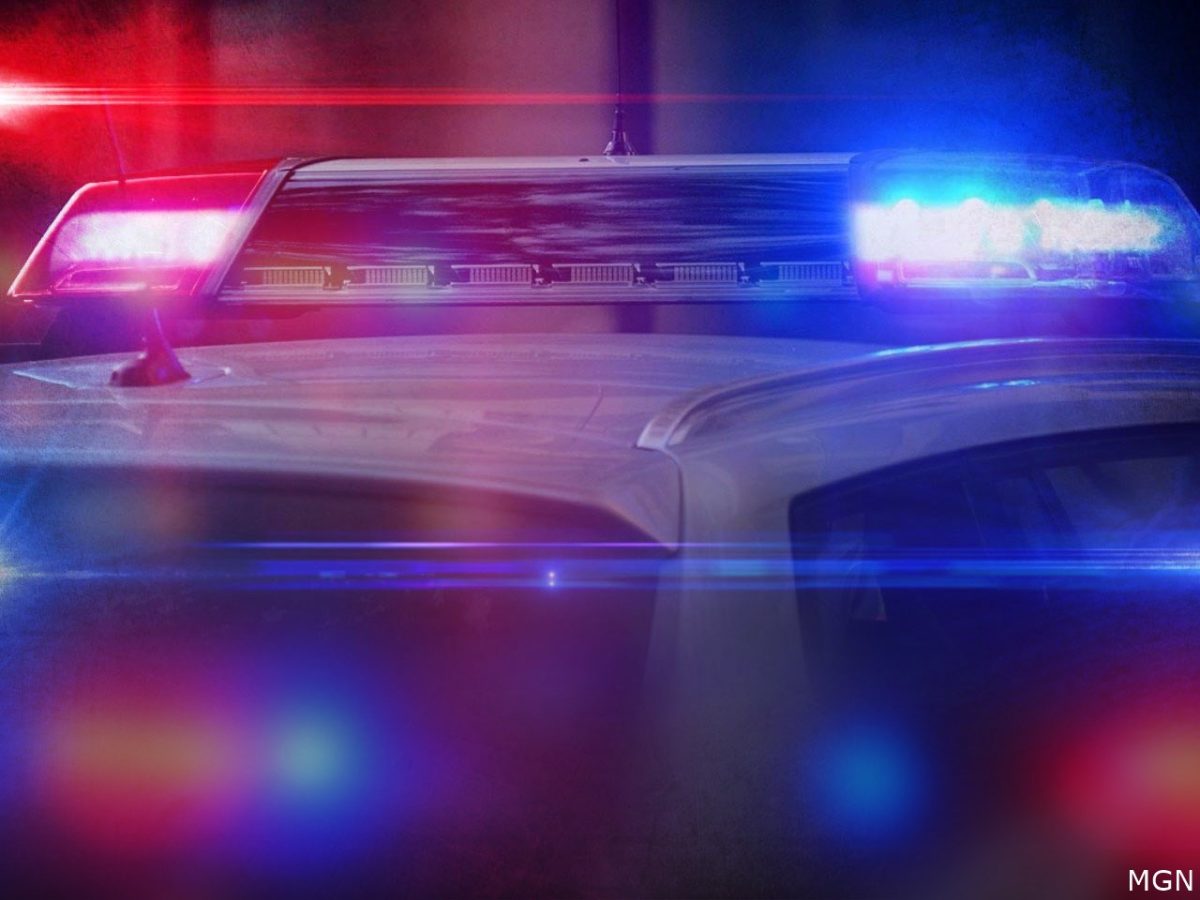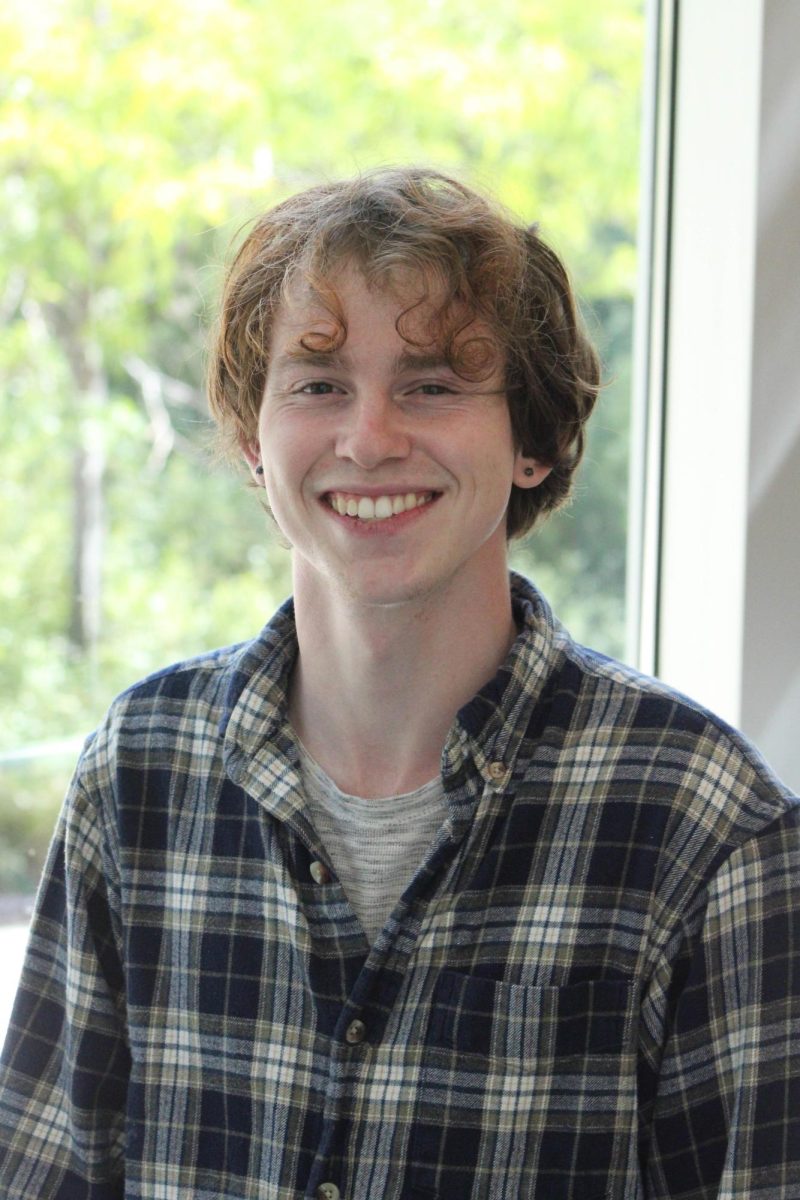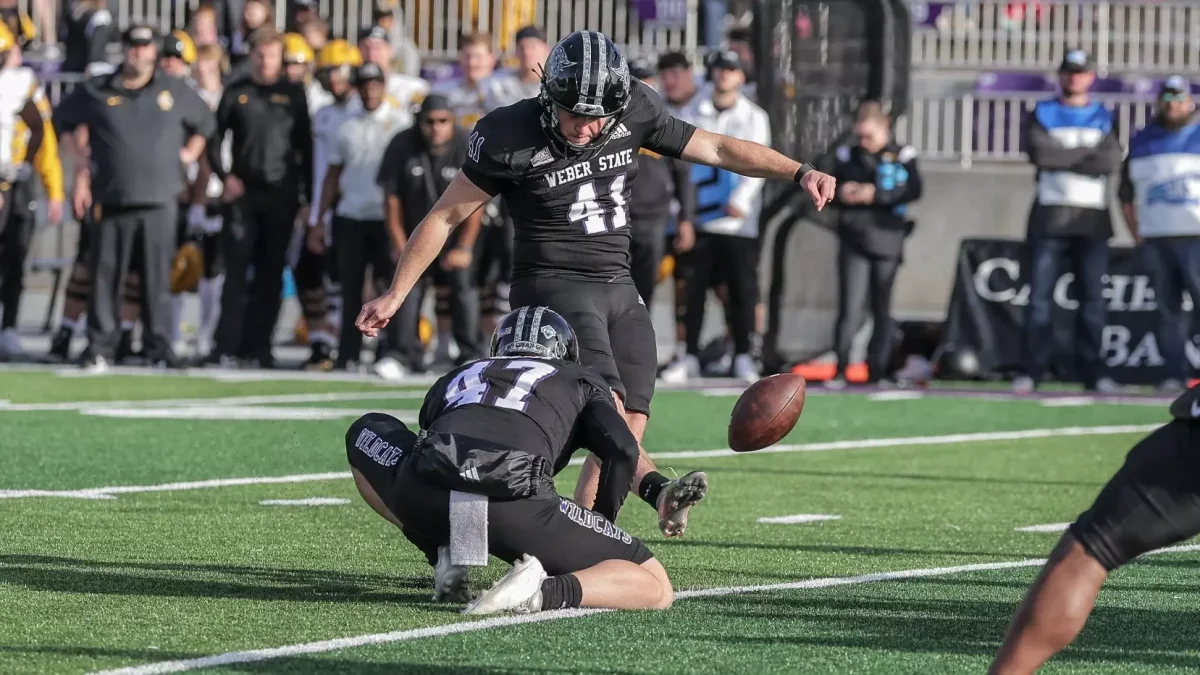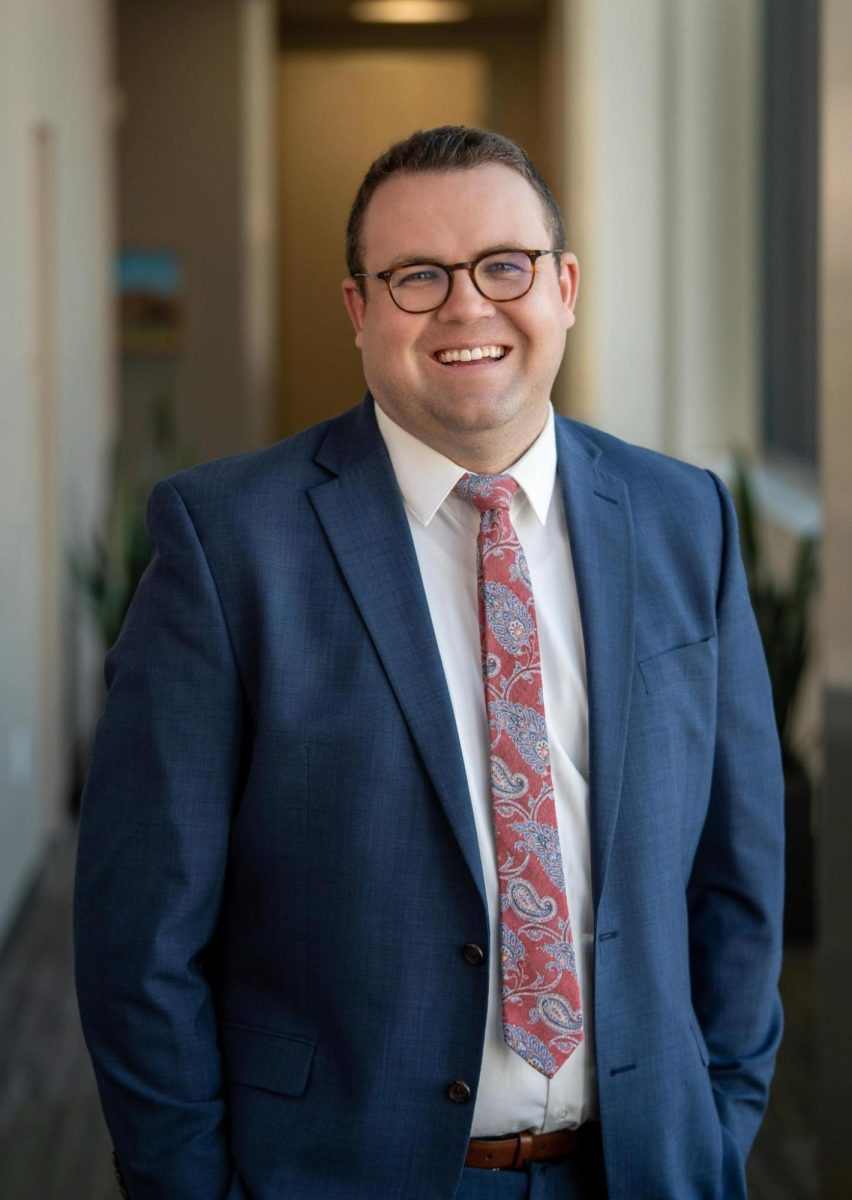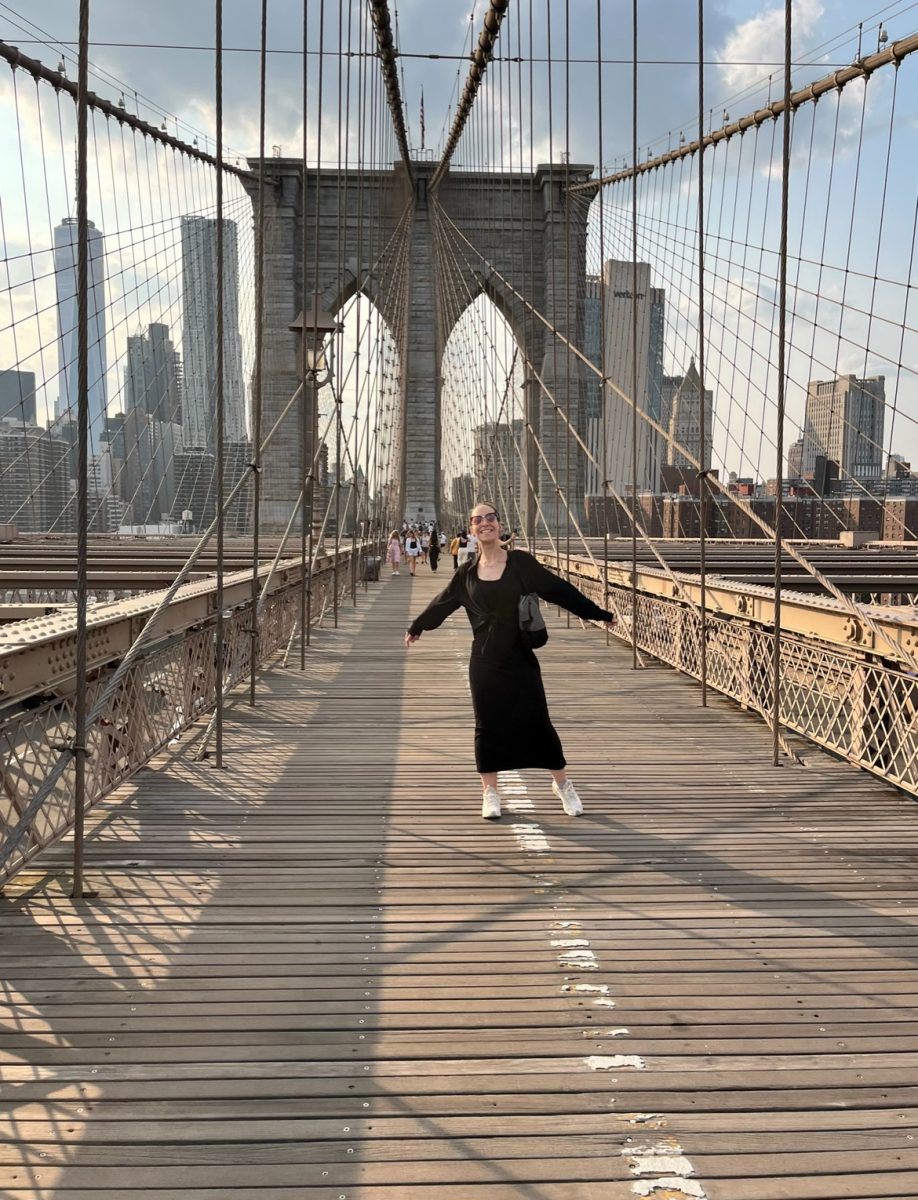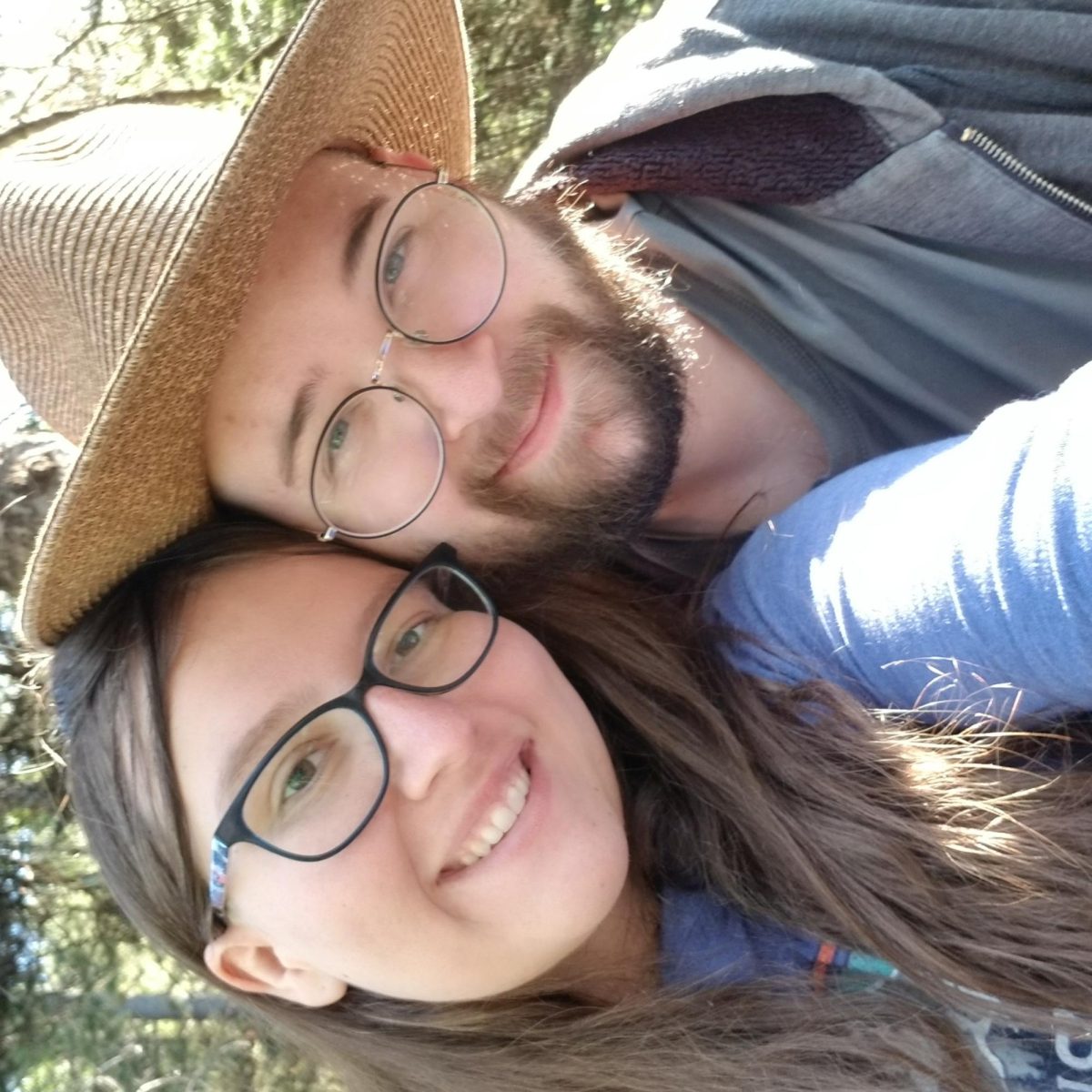
America has a special attraction to amusement parks, which provide entertainment by way of their main attractions: the rides. These rides are designed by engineers to take us right to the edge of danger but never over that edge.
The engineering behind these rides is essentially the same as engineering used in everyday lives. Modern-day lives depend on the application of mathematics and physics.
Weber State University is using the thrill of the roller coaster to introduce physics to kids this summer.
Thomas Mortensen, program development administrator at the Division of Continuing Education, said that the impetus for the camp was to give children a chance to come to WSU, experience the campus and the classrooms and compliment what they are learning in their classrooms, preparing them for a college education.

His colleague, Chad Holbrook, in consultation with the Center for Science and Education’s Adam Johnston, came up with the idea of Roller Coaster Camp to involve kids with the applications of physics and related sciences.
“The short-term goal is for the kids to enjoy themselves while they are here at the University and take advantage of the knowledge and expertise of some of our professors and instructors,” Mortensen said. “Also to discover that learning about physics can be fun.”
The classes themselves are run by Celia Nilson, a student in the WSU teaching program, focusing on a physics teaching major and a math teaching minor. She also works for Science in the Park, and she was recruited to lead the camp.
“I’m a big fan of an inquiry approach, letting kids explore and decide what happens when they change something—what happens next,” Nilson said.
The week-long camp runs Monday through Thursday and uses different types of amusement park rides to teach aspects of physics and engineering.
Class activities include the design and creation of a foam-tube track, down which marbles of different sizes were rolled, complete with loops and dives—a model roller coaster. Using pendulums demonstrates the effects of wavelength and frequency on rides like the Tidal Wave. Creating an electromagnet helps the kids to see how rides like Lagoon’s Wicked are physically controlled.
“They liked the (roller coaster) activity so much they begged to do it again at the beginning of the next class.” Nilson said. “I think tomorrow they will do it to me again. ‘Can we build another one?'”
The learning space showed the results of the demonstrations and experiments, the foam roller coaster tracks staying up until the final day. The students were quick to catch on to the point of the demonstration of electromagnetism, using their newly minted devices to help clean up any stray ball bearings.

Nilson’s goal for the class is that the kids should leave with a sense of curiosity. “That they go home and just explore. I really loved that one of the kids said he wanted to go home and make an electrical switch (for the electromagnets). I said ‘Go for it. Here’s some extra wire, go play, go try it.'” she said.
She believes the experience with this class will help her in her future as a teacher.
12-year-old Tucker Inglefield, who hopes to become either an author or a mathematician, chose this camp because he wanted to learn about the different states of energy. “Whenever you are moving around, you are using kinetic (energy), and potential energy is just stationary energy that gets built up over time,” Inglefield said.
“It was one of the better camps that I’ve ever done,” said Brody Lister, future chemical engineer. “We talked about potential and kinetic energy, which I had wanted to know about”

Sisters Audrey and Alivia Grace Rizzuto attend the camp together. Audrey learned “that they (roller coasters) are connected by magnets,” as well as how to switch them off. Alivia Grace was interested in “energy, like potential energy and other stuff.” Audrey wants to be a structural engineer while Alivia Grace is interested in the arts.
Cole Meents chose the camp because of its topic. “I like roller coasters,” he said. He was also very interested in energy states. “There is potential and kinetic energy,” he said. His goal is to one day be a billionaire.

This class as well as the other camps offered at WSU have been successful, according to Mortensen, and the program is set to continue into the foreseeable future.


